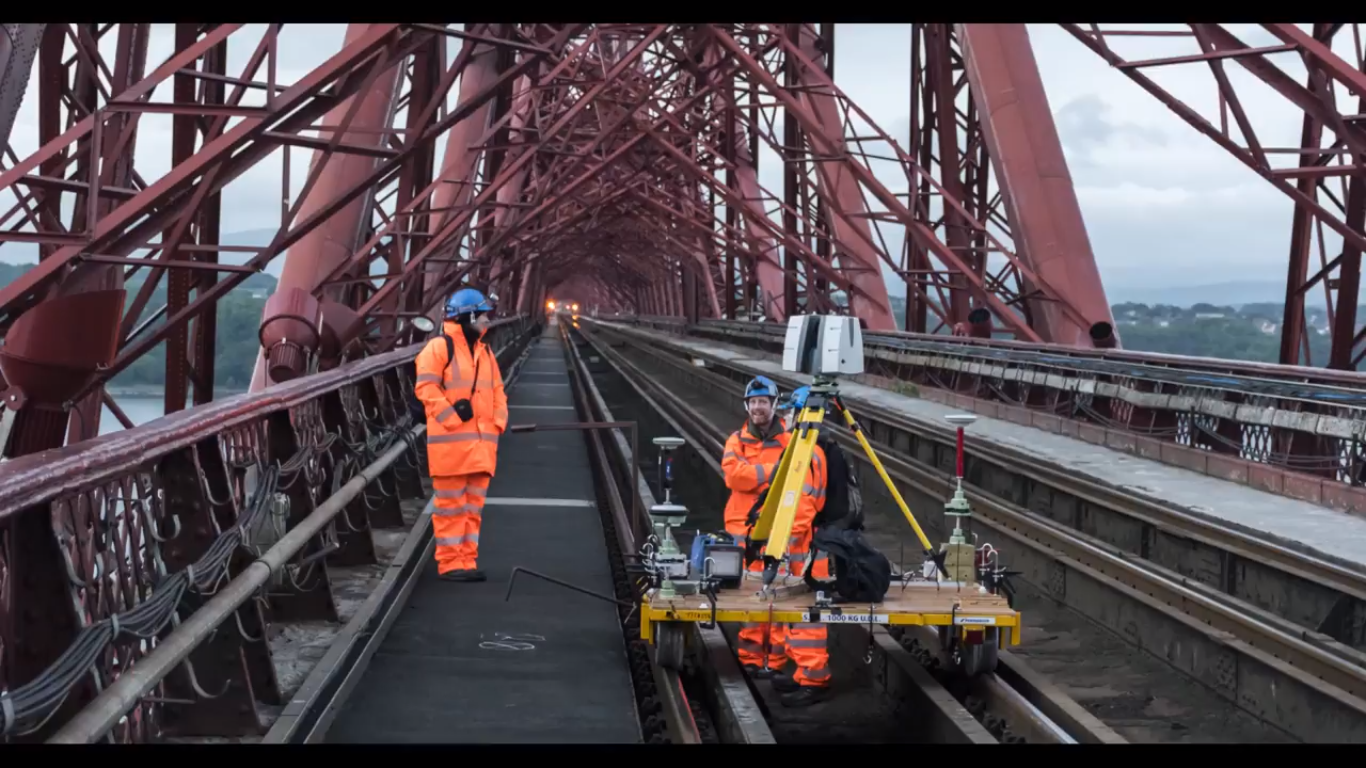Back in 2014 a Scottish research group began laser scanning the Forth bridges, a group of bridges spanning the River Firth in Scotland. Using an initial £300,000 funding from the Scottish Government, the aim was to preserve the UNESCO World Heritage Site in digital form. Having successfully completed the scanning project, it has now been announced that Transport Scotland has provided a £425,000 grant in order to develop educational games, augmented reality applications and interactive virtual tours using the scans, these are set for release in 2018.
In order to digitally preserve the structure The Center for Digital Documentation and Visualization (CDDV), a partnership between Historic Environment Scotland and The Glasgow School of Art, used LIDAR to scan the historic site. CDDV have previously scanned other historic sites including the Sydney Opera House. The team of 13 used Terrestrial Laser Scanning (TLS) to create a highly accurate 3D point cloud involving 2600 scans of the two bridges. TLS, as the name implies, is a ground level based method that can build a dense point cloud with many reference locations, resulting in a highly detailed 3D scan.

The data collected by the project will be used to promote STEAM education for Scottish pupils. Scottish Transport Minister Humza Yousaf explained,
The Forth bridges represent Scotland’s industrial past, creative present and our dynamic and innovative future. They are the pinnacle of world-leading design and engineering and it’s right that we conserve and protect them and also seek to inspire and educate the young engineers of the future.
Humza Yousaf added that the future use of the data, “allows the production of detailed information and tools for conservation, educational resources, improving accessibility and delivering virtual records to help health and safety training as well as promoting tourism.” So, while education is the primary application of the data, other uses are open. Including the possibility, if the data is available for commercial use, that the bridges will be featured in the next big video game.

Bringing the bridge into the 21st Century is Alastair Rawlinson, head of data acquisition at The Glasgow School of Art. Rawlinson spoke about plans to “use this specialized 3D data-set to develop interactive learning resources based on advanced gaming technologies and virtual reality to make the information accessible to school children across Scotland and beyond.”
Do you think this is one of the most interesting applications of 3D scanning? Make your nominations for the 1st Annual 3D Printing Industry Awards, where 3D scanning and other associated technology will receive recognition at a special event later this year.
Featured image shows the Forth Bridge at sunset. Image via Forth Bridges.



